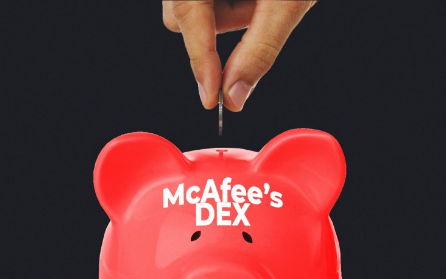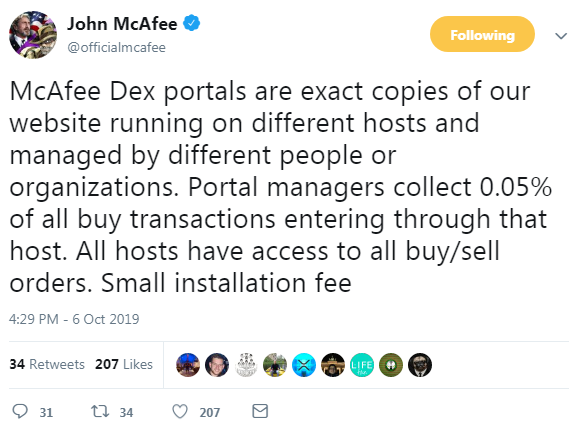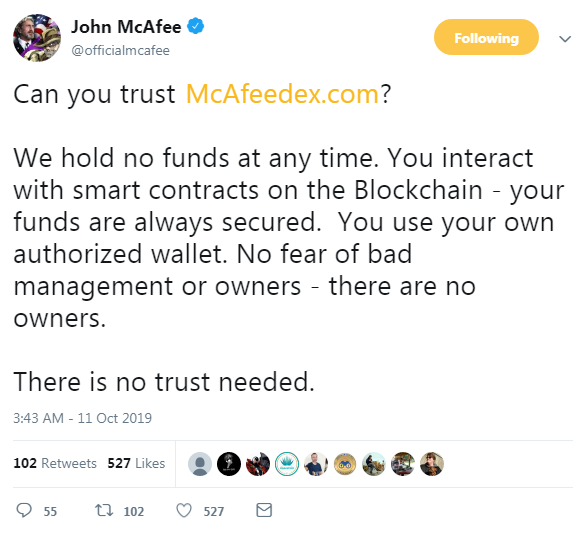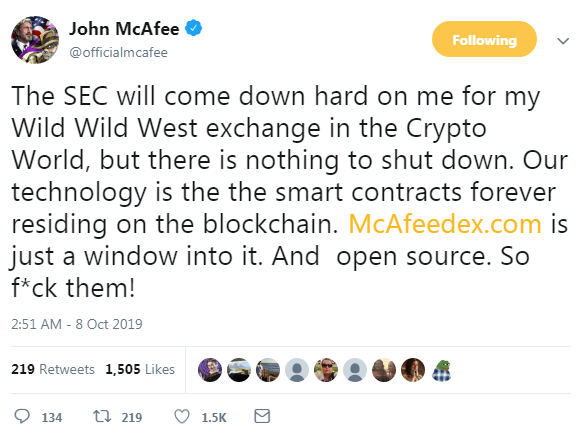
Neobank Juno Raises USD 3M from Polychain, Sequoia and Dragonfly

Juno aims to provide a high-yield account for savings
Juno, a neo banking platform that leverages decentralized digital assets to provide customers a high-yield account for savings, has announced that the completion of a USD $3 million seed round. Investors include prominent firms such as Polychain Capital and Sequoia Capital’s Surge. The platform is set to launch in select markets next year and is taking a radical approach towards creating an open and global financial system for everyone, regardless of location or income.
Banks in developed countries – including the US, Europe, Japan, and Singapore – traditionally offer between 0.01% and 0.10% interest through checking and savings accounts. This interest will be distributed daily and will fluctuate regularly. Clients will also be able to send and receive money anywhere in the world without intermediaries and at no cost. Additionally, the company plans to introduce a debit card with a partner bank in the future. Juno is built on the Ethereum blockchain and uses Nuo protocol for its core functionality. Its main feature is to enable decentralized lending and borrowing of digital assets to earn a high yield on stablecoins such as USDC. Juno is leveraging these assets to build the next generation of global decentralized financial and banking services (DeFi).
Varun Deshpande, co-founder of Juno
“Today, we are excited to unveil Juno – a neo banking platform that aims to provide everyone a high yield account for their savings. Our goal with Juno is to help create an open financial system for the world by providing equal opportunity and access, no matter where you are born or how much you earn. We are also delighted to partner with Polychain Capital, Sequoia Capital’s Surge and Dragonfly Capital on this journey as we build a new age banking platform from the ground up.”
Olaf Carlson-Wee, Managing Member, CIO of Polychain Capital
“We were early supporters of decentralized finance and stablecoin systems, both of which have continued to gain meaningful traction in the market over the past couple of years. We believe Juno is well-positioned to bring decentralized finance to the mainstream with their neo banking platform for digital assets. We are particularly impressed with the team’s focus on simple user experience, unlocking liquidity using smart contracts, and their Asia first strategy.”
Juno was founded in July 2019 by Varun Deshpande, Ratnesh Ray, and Siddharth Verma after creating the Consensys-backed Nuo protocol in 2018. Using Nuo smart contracts, lenders can supply crypto assets and earn daily interest, while borrowers can instantly access credit using their digital assets as collateral. Smart contracts allow for algorithm-driven pricing, disbursals, and collections, ensuring efficiency and transparency. Nuo protocol has grown organically to USD $25 million in deposits and USD $20 million in loans disbursed, making it the most popular DeFi app in Asia.
The founders’ past ventures also include BeeWise, an alternate credit analytics platform acquired in 2017 by Aditya Birla Money. As a serial entrepreneur, Deshpande was the co-founder and CEO of TopTalent, a high-end recruitment platform as well as AVP marketing at Topper, a Fidelity-backed edtech platform in India. He holds a degree from BITS Pilani. Ratnesh Ray graduated from IIIT Allahabad and was the head of data science at TinyOwl, a Sequoia India backed foodtech app. Prior to that, he was a software developer at Toppr, where he helped create personalized tests and social features. Siddharth Verma was part of the early team at Arista Networks where he worked on their flagship product consisting of high-density switches. He was previously a software developer at Cisco and an alum of BITS Pilani.
The seed round also saw the participation of Dragonfly Capital, Consensys Labs, Astarc Ventures, Singapore Angel Network and notable angel investors Balaji S. Srinivasan (Ex-CTO, Coinbase and General Partner, a16z), Amrish Rau, Jitendra Gupta (CEO & MD, PayU India), and Loi Luu (Founder, Kyber Network), Nitin Sharma from Incrypt, Venu Palaparthi (CCO, Dash Financial), Rajesh Chelapurath (President, Ceera Investments), Brian Ma (Founder, Divvy Homes), Sanjay Mehta from Mehta Ventures, and Prashant Malik (Creator of Apache Cassandra).
Article Produced By
Globalcoin
https://globalcoinreport.com/neobank-juno-raises-usd-3m-from-polychain-sequoia-and-dragonfly/
David https://markethive.com/david-ogden
























